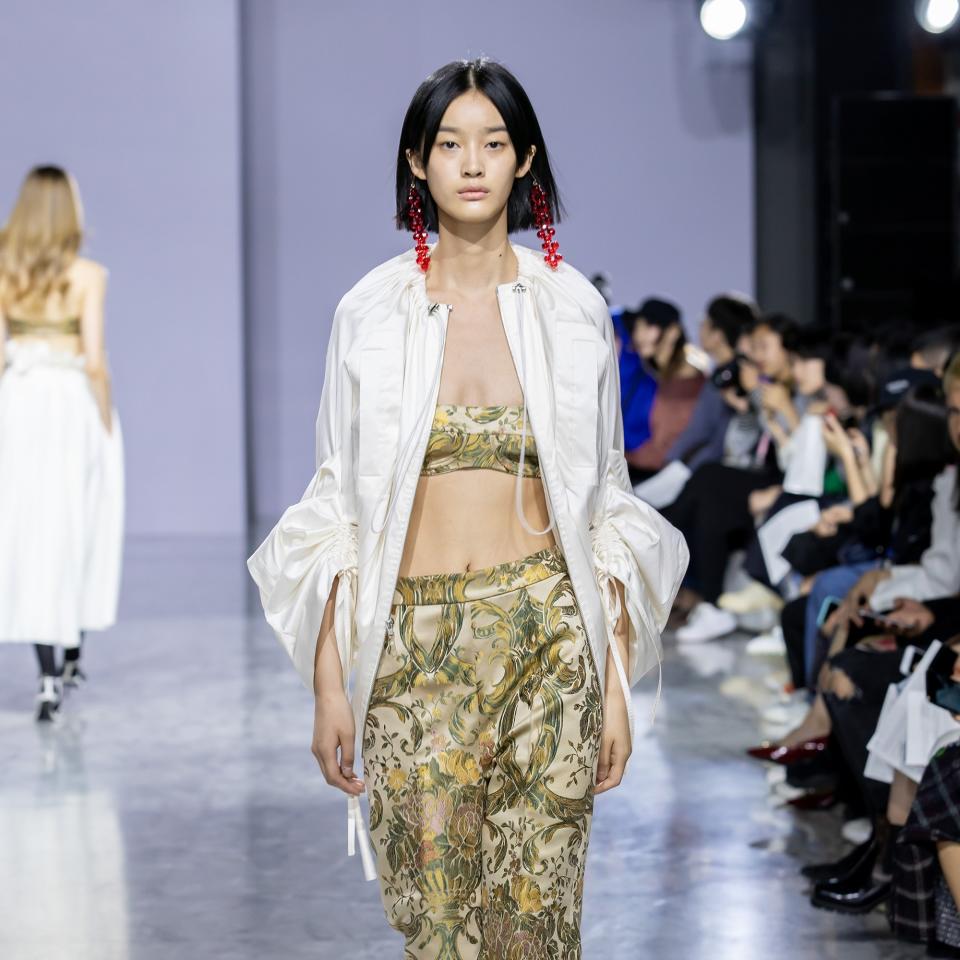The Designers to Watch and the Trends to Know From Shanghai Fashion Week
SFW gallery 1
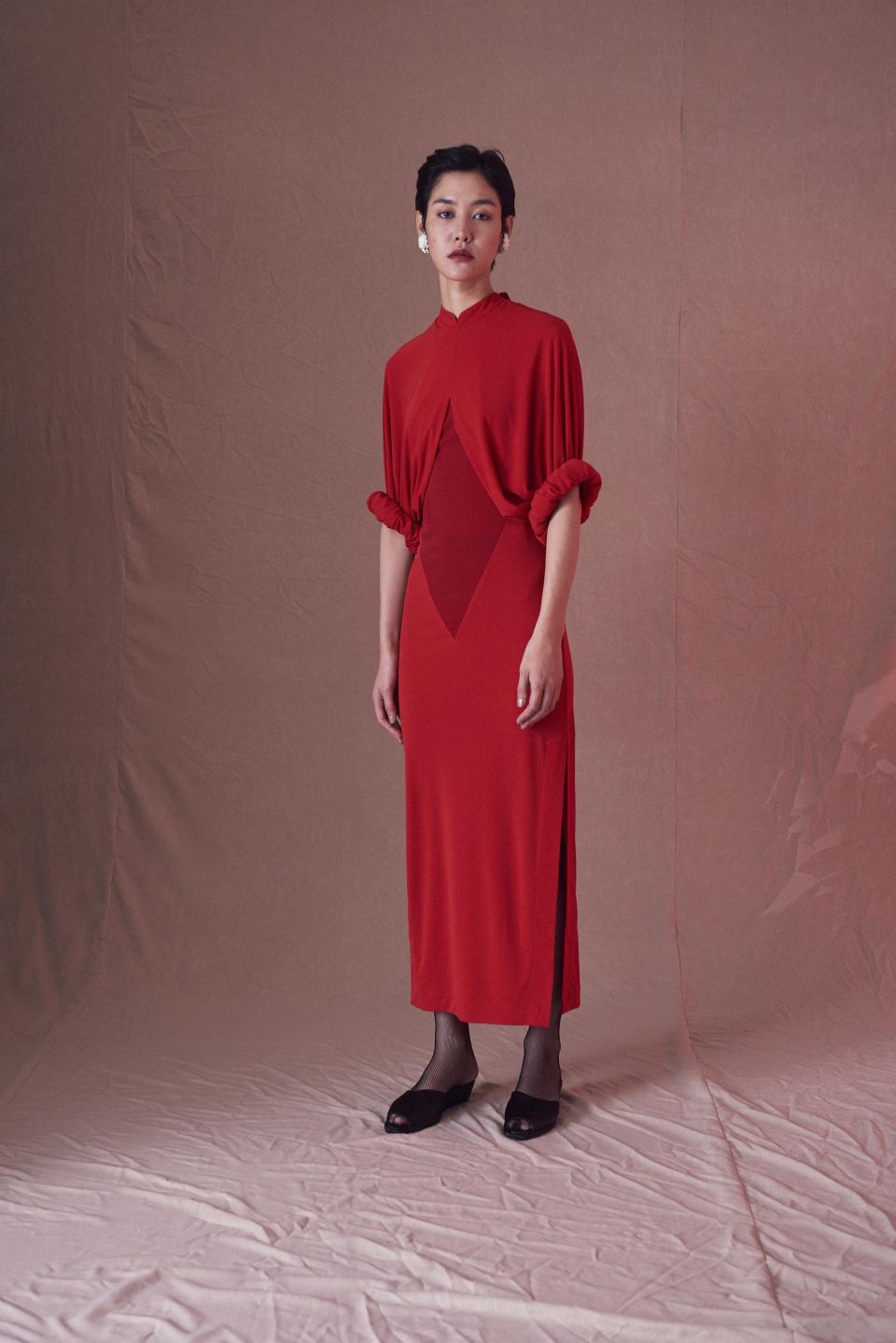
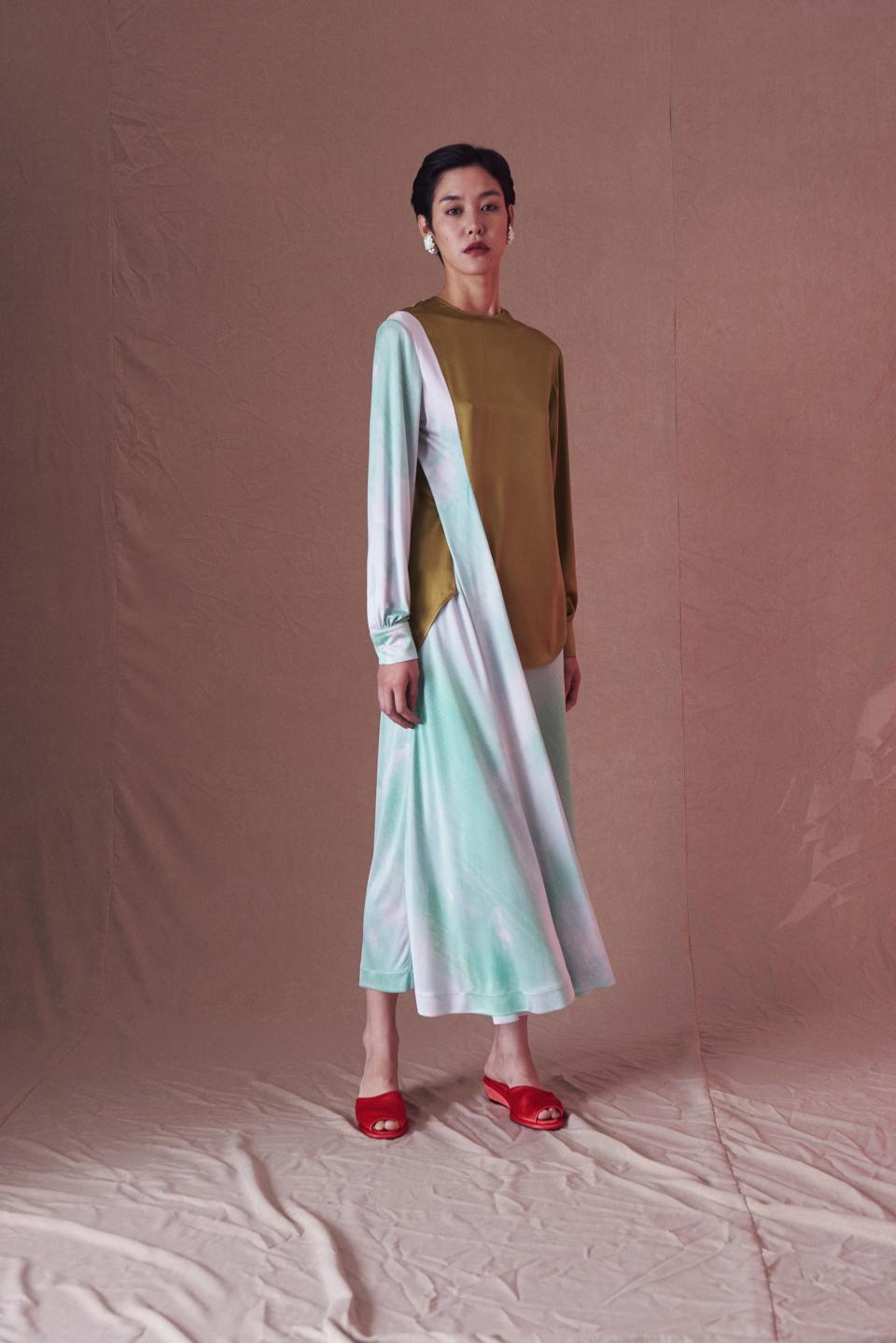
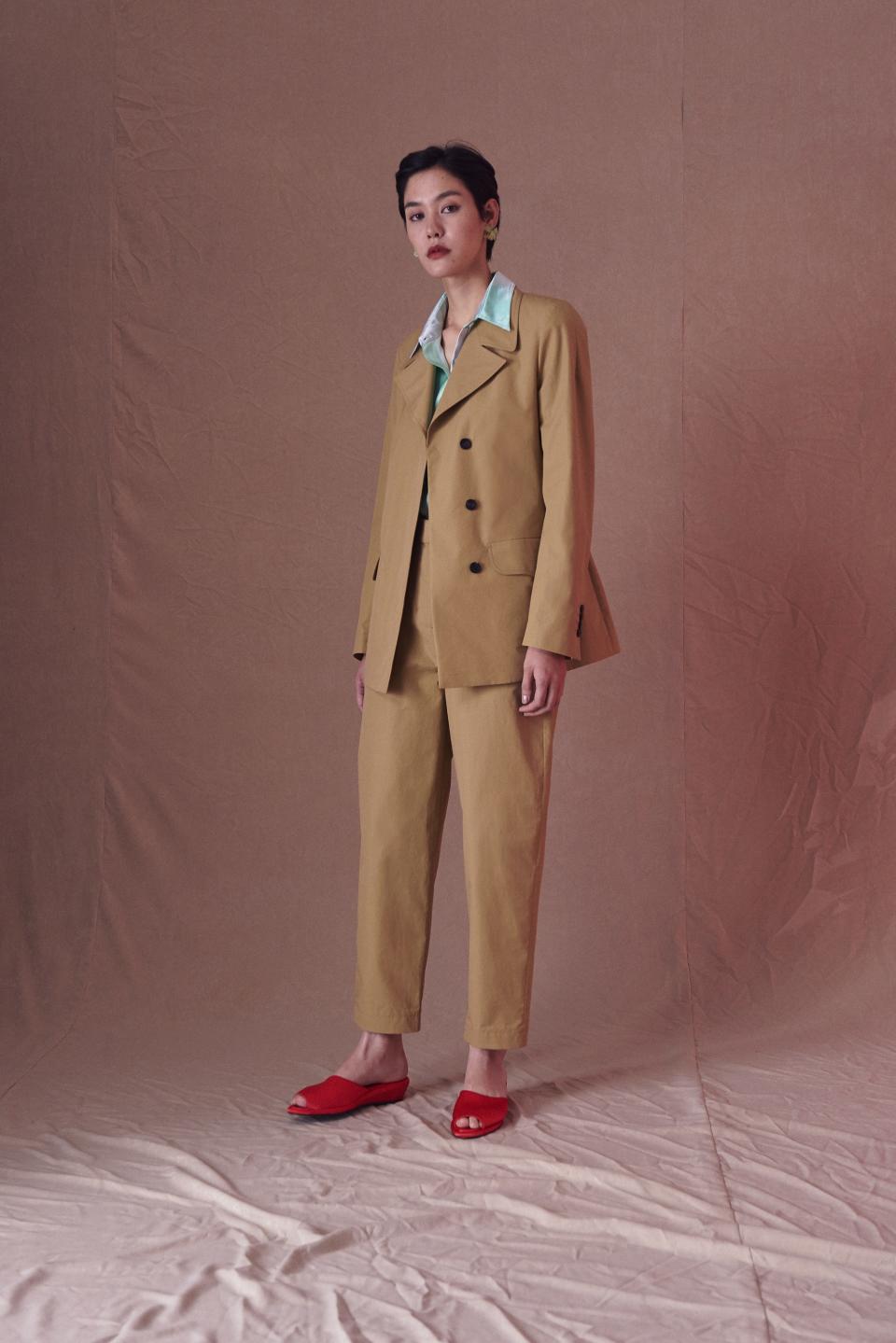
As an American traveling to Shanghai for the first time, you can’t avoid the jolt of culture shock. There’s the language barrier, for starters; the fact that Google and Instagram are blocked by the government; and the sheer size of the city (with a population of 24 million, it makes New York’s 8 million feel small in comparison). But traveling to Shanghai for the first time and covering the city’s Spring 2019 shows for 10 hours a day? That’s sensory overload. Even by a New York editor’s standards, Shanghai’s enthusiasm for fashion is staggering—in fact, the first thing you notice upon arrival is that there are stores everywhere, from sparkling luxury flagships (including Prada’s brand-new space, Prada Rong Zhai, housed in a 20th-century mansion in the Jing’an district) to enormous malls, high-end boutiques, fast-fashion chains, knock-off outlets (with disturbingly good replicas), and winding streets packed with hundreds of shops along the French Concession. And they’re never not busy. Even crazier? Most Shanghai shoppers don’t even carry a wallet—almost everything can be purchased with a QR code on WeChat, the do-it-all app for text messaging, social media, news updates, exchanging money, ordering food, and more.
Shanghai’s fashion appetite is reflected in the sector’s massive growth, but contrary to popular belief, it isn’t just in the luxury space. Yes, Gucci is huge in China—the house is supporting Maurizio Cattelan’s exhibit, “The Artist Is Present,” at Shanghai’s Yuz Museum, which opened the first day of Fashion Week—but you don’t see nearly as many GG (or LV or CC) logos in Shanghai as you’d expect. There’s a surge of interest in the local talents, as well, and the general sense is that millennials and Gen Z-ers are more willing to embrace (and experiment with) their Chinese roots than their parents were. Investors are eager to get behind those new brands, too, and the Shanghai Fashion Week schedule was stacked with talent, covering a broad scope that felt somewhat akin to London or New York: There were avant-garde experimentalists, commercial designers, streetwear enthusiasts, minimalists, and ultra-feminine dressmakers alike. What you don’t see on the Shanghai runways are major heritage brands; even the “established” designers on the schedule are still quite new.
At a dinner hosted by Calvin Luo at Sense 8, he asked me which shows stood out the most. When I gave him my list—Ming Ma, Samuel Guì Yang, Swaying, Yirantian, among others—he said most of them were already pretty well known in China. Of course, to me and the Italian editors who also attended the shows, they were total unknowns, which reinforced just how vast the Chinese market is. The skill and confidence behind those designers’ collections suggested they were far from upstarts, but the reason I’m still thinking about them is because they felt refreshing and truly different from what we typically see in the West. In contrast, the designers who rehashed trends or showed unimaginative streetwear didn’t leave much of an impression.
Ming Ma gallery
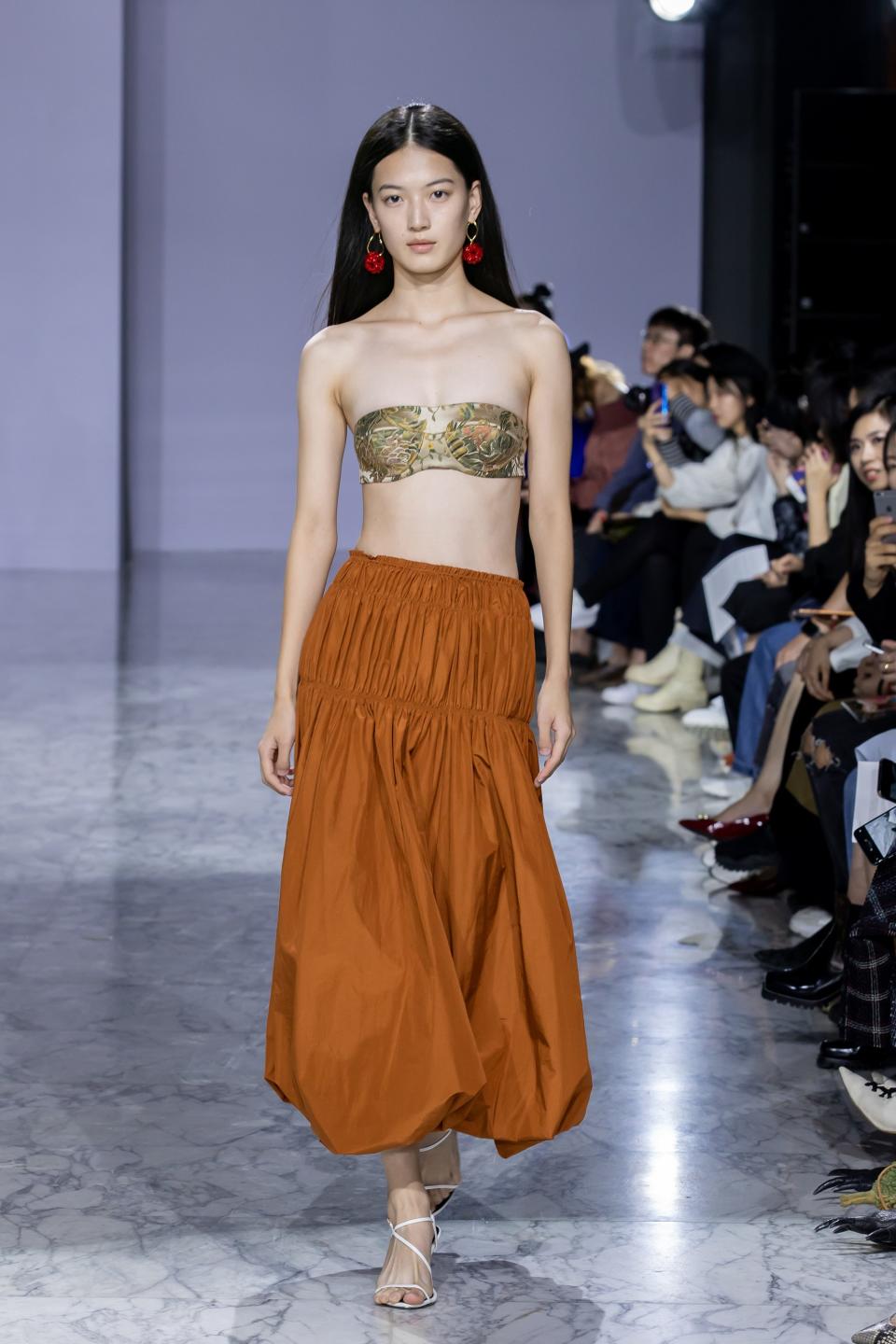
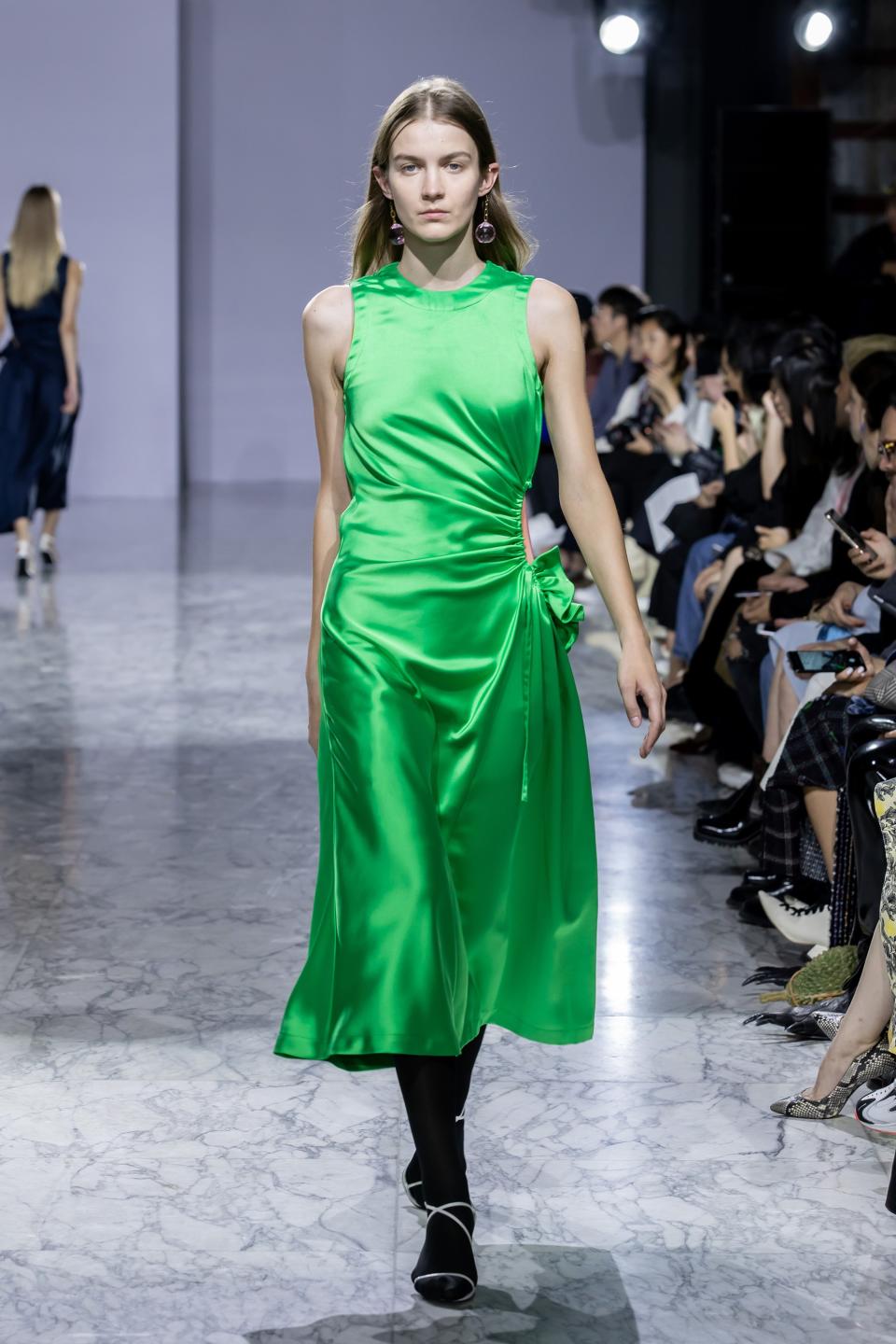
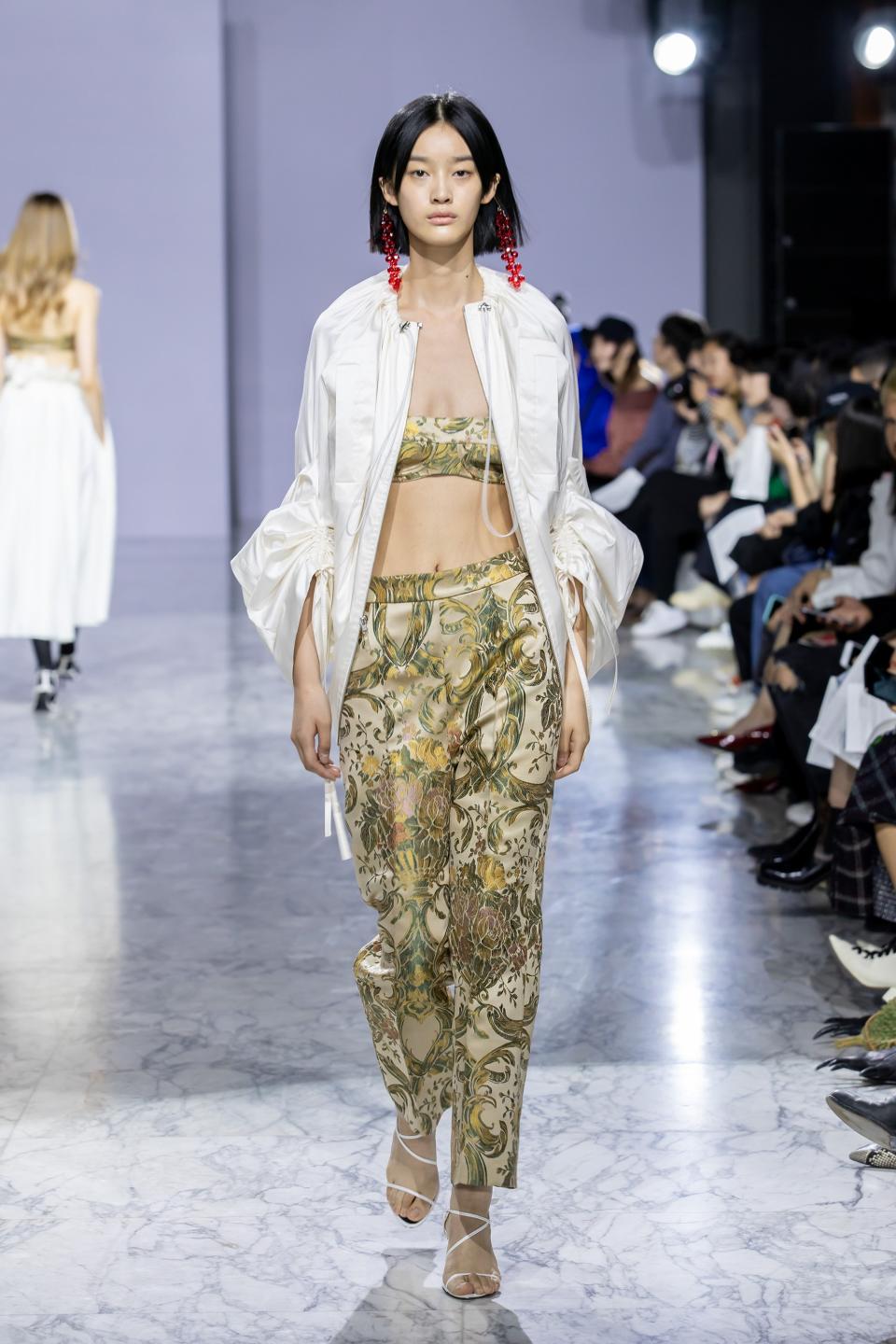
The biggest opportunity for Chinese designers who want to expand their businesses, both in China and abroad, may lie in embracing their rich heritage. Samuel Guì Yang’s thoughtful show at the Power Station of Art for Labelhood (the Chinese talent incubator by Tasha Liu and Justin Peng) reinterpreted traditional Chinese garments and details in surprising, charming ways. Mandarin jackets, knot buttons, and silk blouses came in an artful palette of khaki, mint green, olive, red, and chartreuse, and Yang’s signature tailoring—gently rounded with volume in the back—lent a modern edge to his frog-button blazers and shirtdresses. (The buttons were also rubber rather than traditional silk cord.) He’s based between Shanghai and London and received an M.A. from Central Saint Martins in 2015, which may explain the cross-cultural appeal of his clothes. I could instantly picture my stylish colleagues wearing his silk dresses and curvy suits in New York.
Ming Ma also studied at Central Saint Martins and completed his M.A. program with the late Louise Wilson. His show at Labelhood was one of the week’s best—and it was his first-ever official collection. His sense of color and couture-ish silhouettes were impressive given his newcomer status: There was a rust mid-length bubble skirt styled with a voluminous strapless top; a lustrous emerald skirt cinched high on the waist with a ruched, vaguely sporty satin jacket; artful shirting knotted over brocade trousers; and slinky long-sleeved dresses in trippy dip-dyes. The bralettes and strapless evening tops felt young and fresh. Labelhood will exclusively launch Ma’s first collection in its French Concession concept shop next season; here’s hoping things go well so he can bring his talents this way.
sfw gallery2
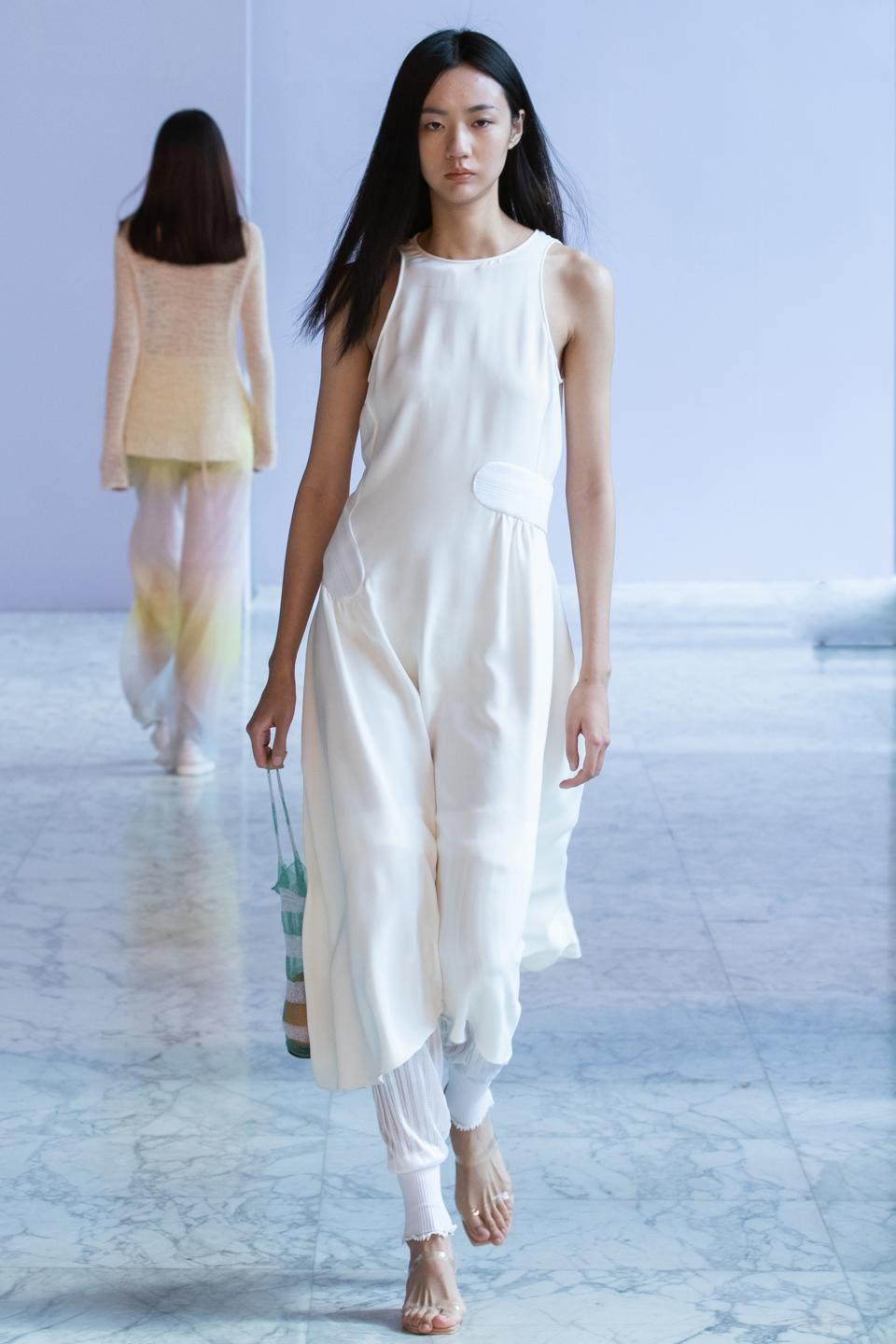
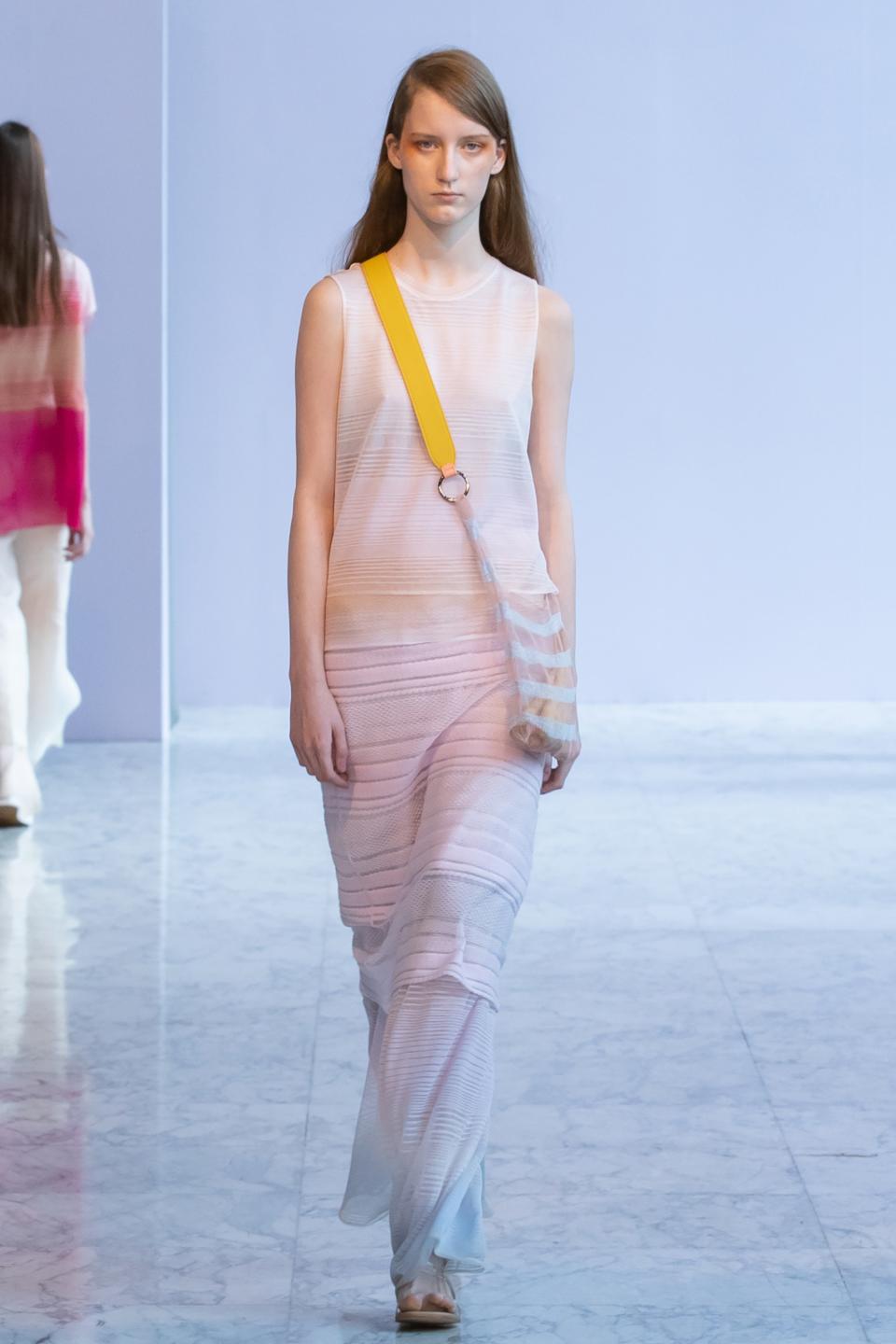
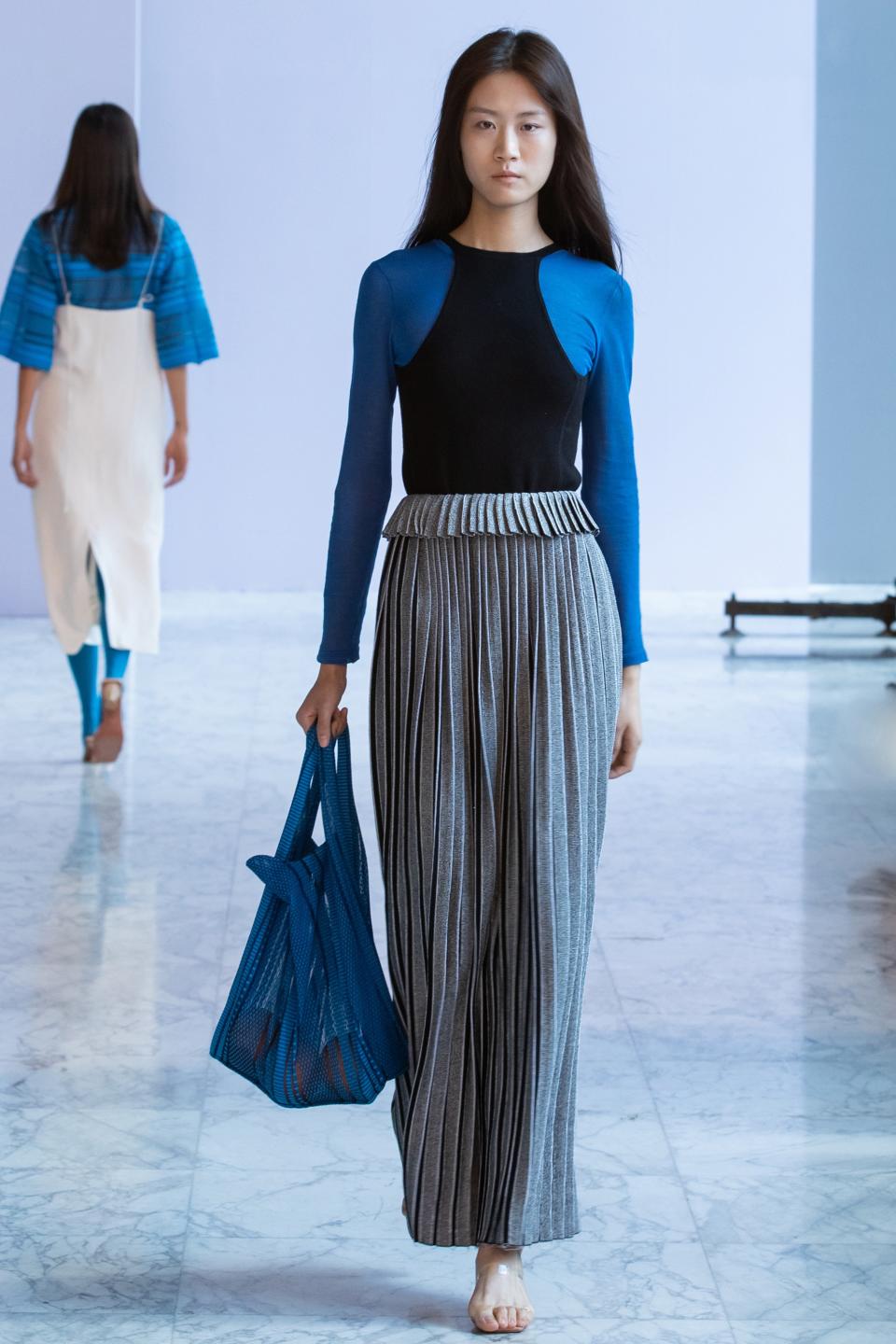
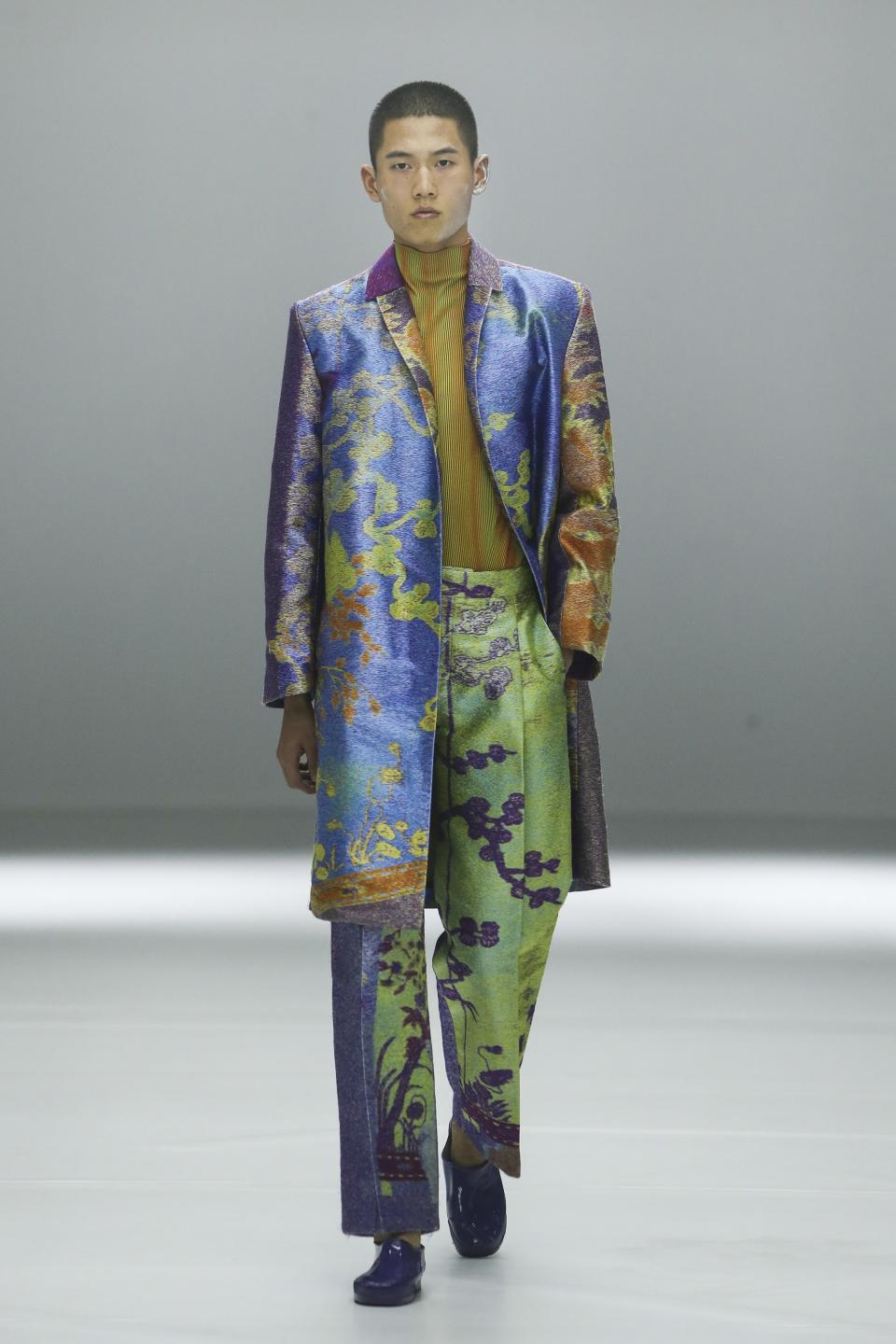
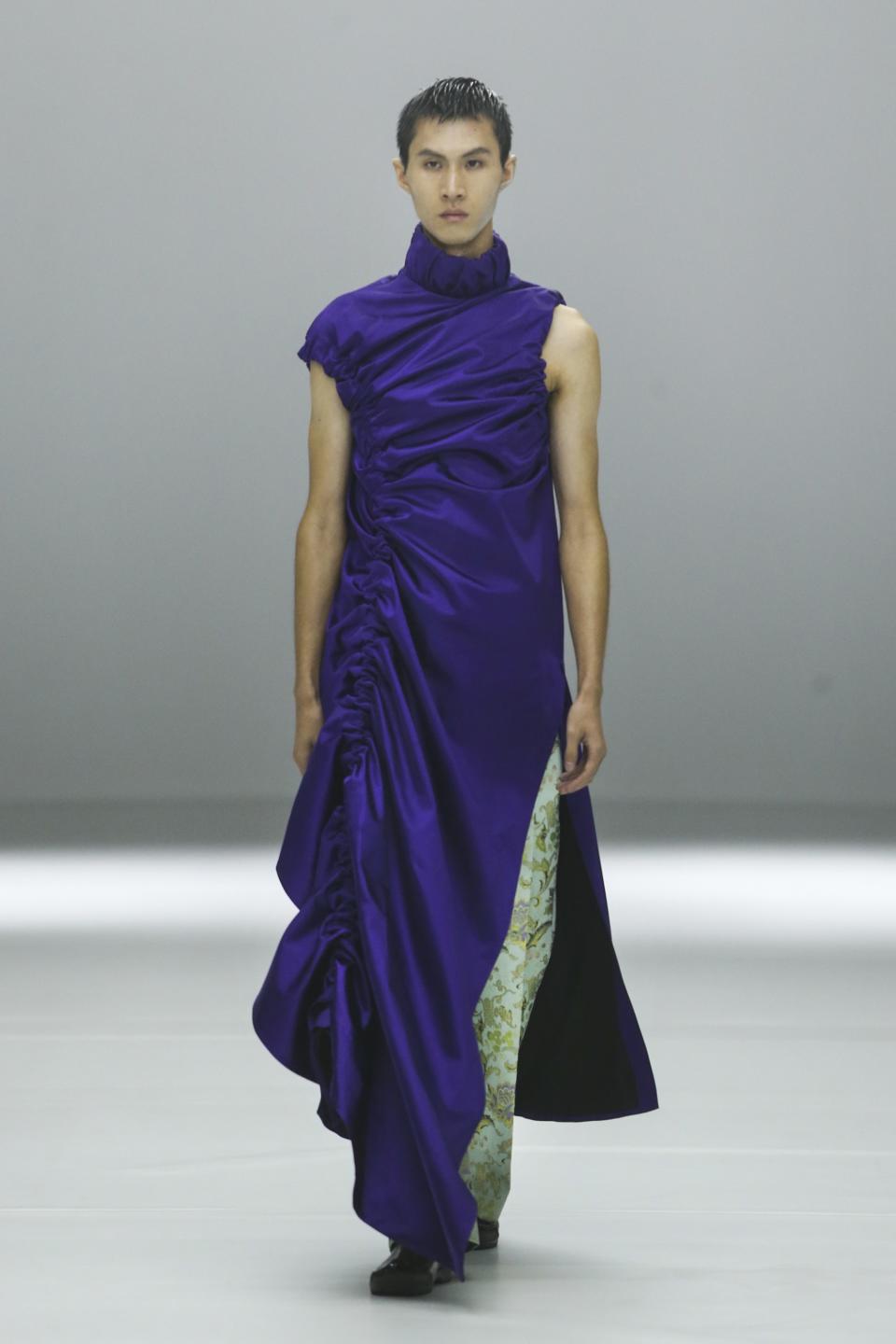
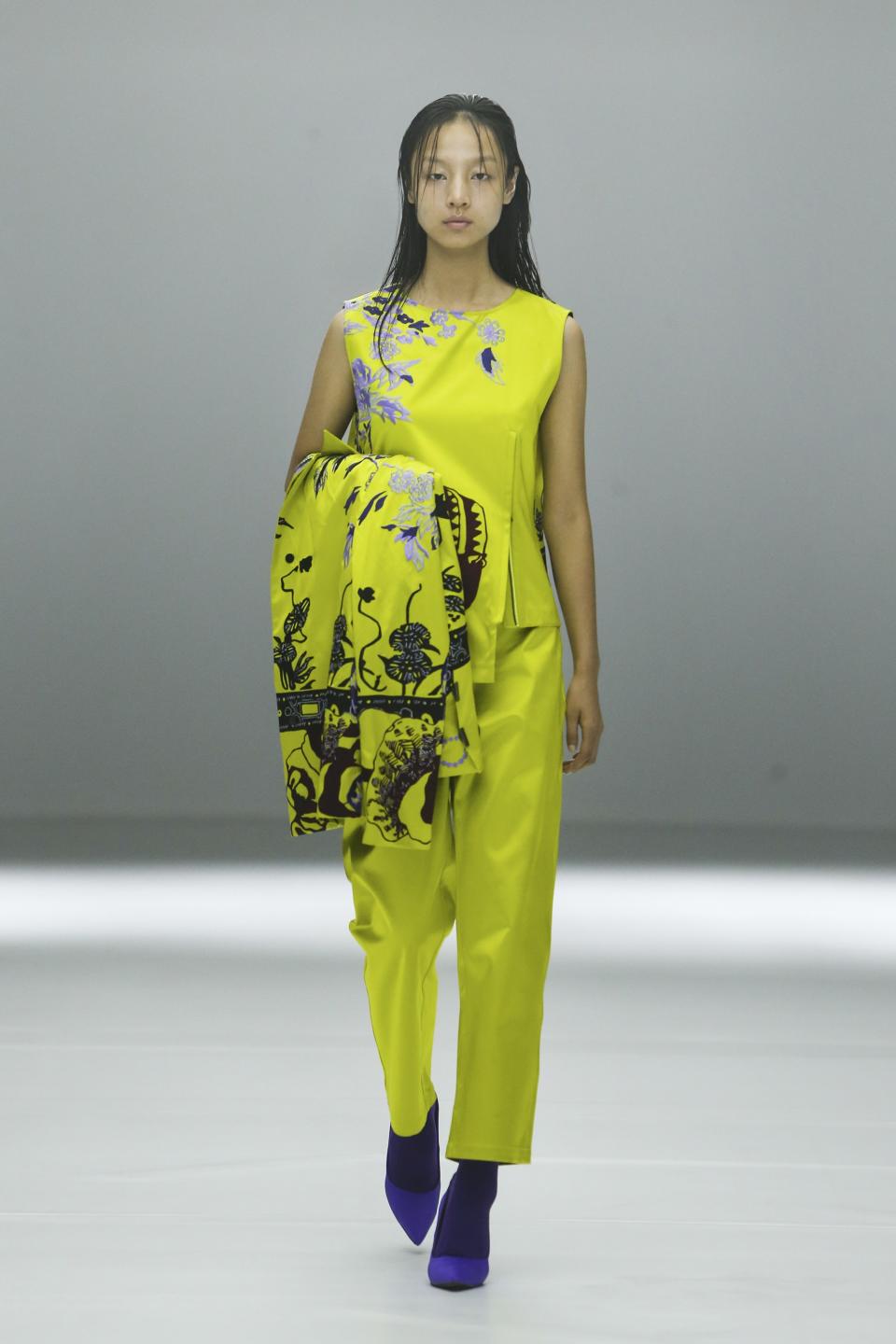
Ximon Lee was one of the more recognizable names on the schedule, as he’s been showing in Paris for a few seasons and was a finalist in the LVMH Prize in 2015. Just a couple of weeks after his Paris show, he was in Shanghai to present his gender-fluid Spring 2019 collection, which was inspired by American copies of Chinese rugs and artwork in the early 20th century. There was more brocade (a big trend this week), plus textural, acid-y coats in blown-up Chinese motifs and twists on classic mandarin coats and qipao dresses (for both men and women). Angel Chen, who is less well known in Europe and the U.S., incorporated traditional Chinese materials and artwork in her collection too, mixing them with 21st-century touches like combat boots and bodysuits.
A few more highlights: Swaying, one of Shanghai’s only knitwear-focused labels, which showed dreamy, ultra-fine knit dresses, trousers, and tunics you could layer endlessly; Guo Yirantian, whose loose tailoring and easy slipdresses numbered among the week’s most elegant looks; Shushu/Tong by Liushu Lei and Yutong Jiang, who offered more of their signature youthful, ruffled, bow-tied dresses (though the models looked a bit too youthful at times, made up like dolls or wearing briefs instead of pants); the campy, kitschy Malaysia-based label Motoguo, which boasts the tagline “Be dangerous! It’s careful out there!”; Feng Chen Wang, who showed her new Converse collaboration on the roof of Labelhood; and the menswear label Pronounce by Yushan Li and Jun Zhou, whose delicate cut-out shirts and floral-printed workwear pieces were inspired by a recent trip to India.
sfw gallery3
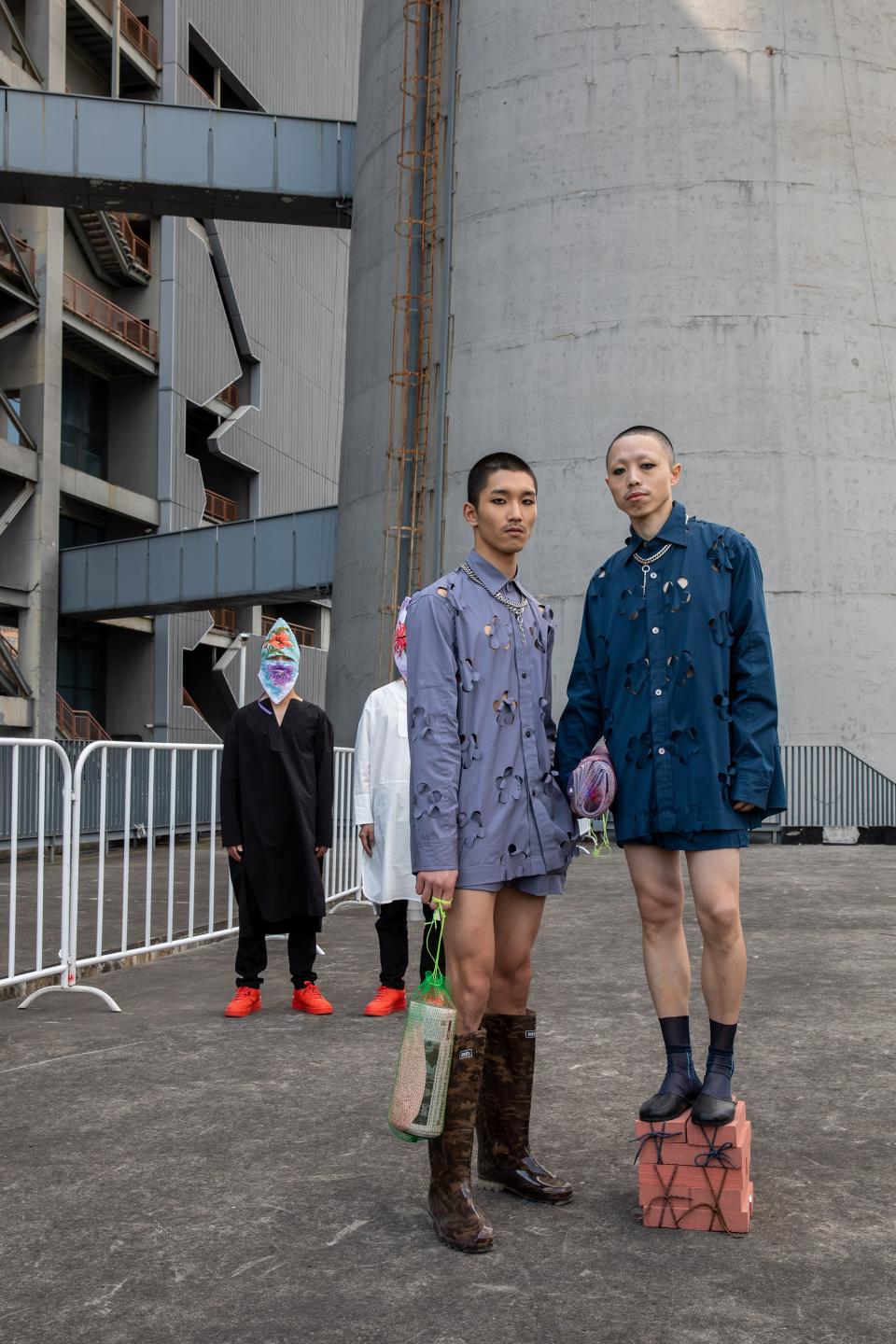
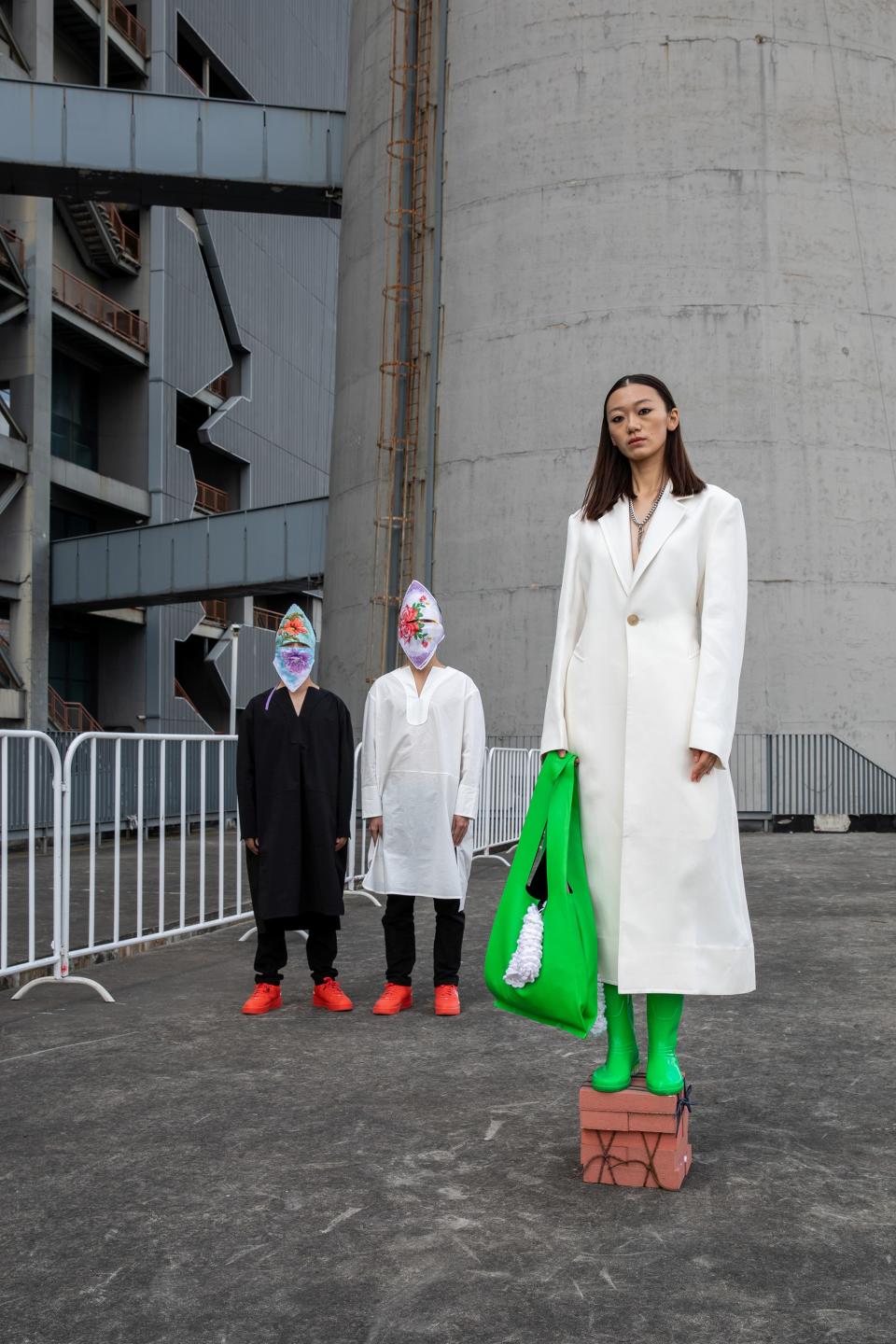
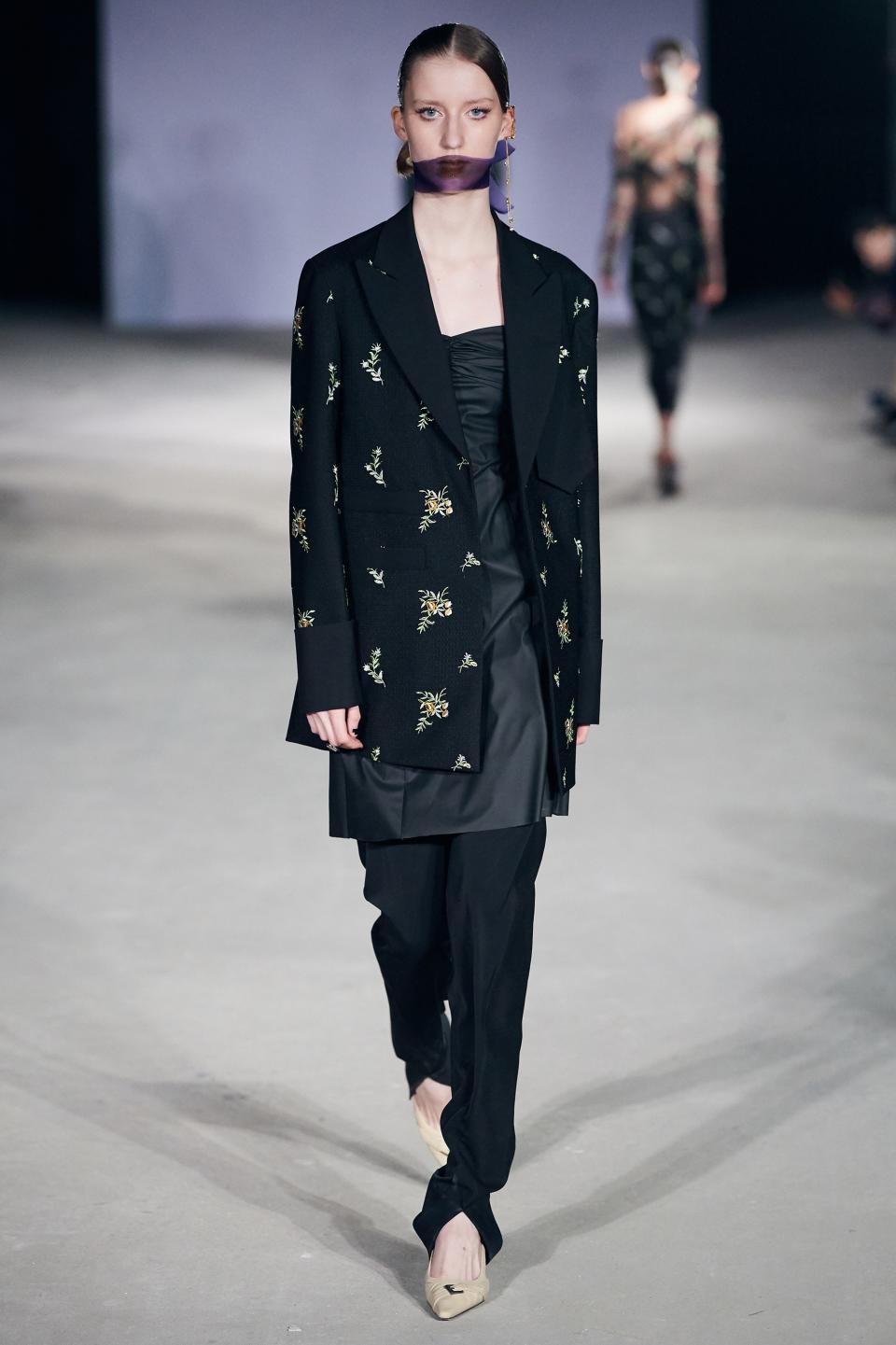
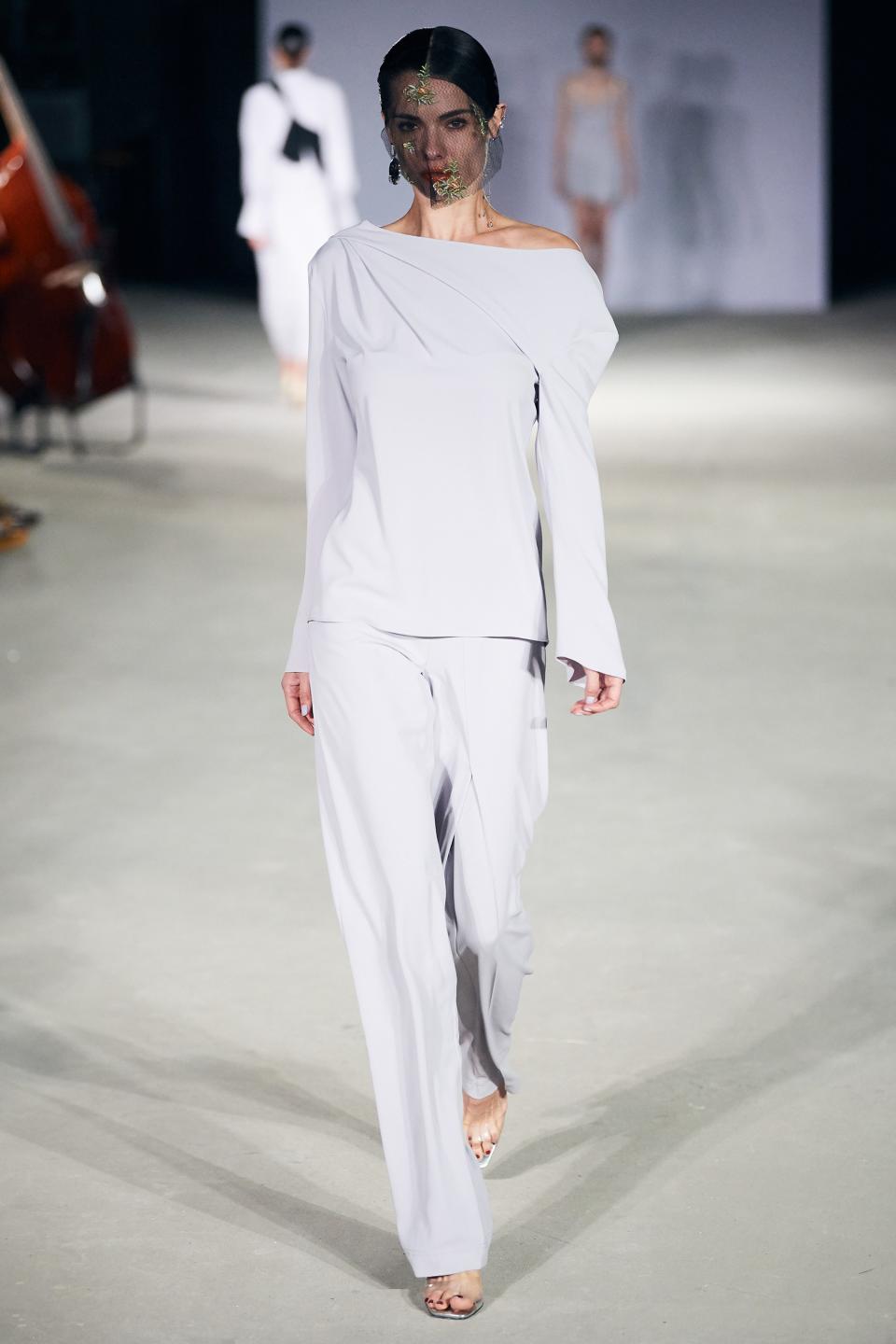
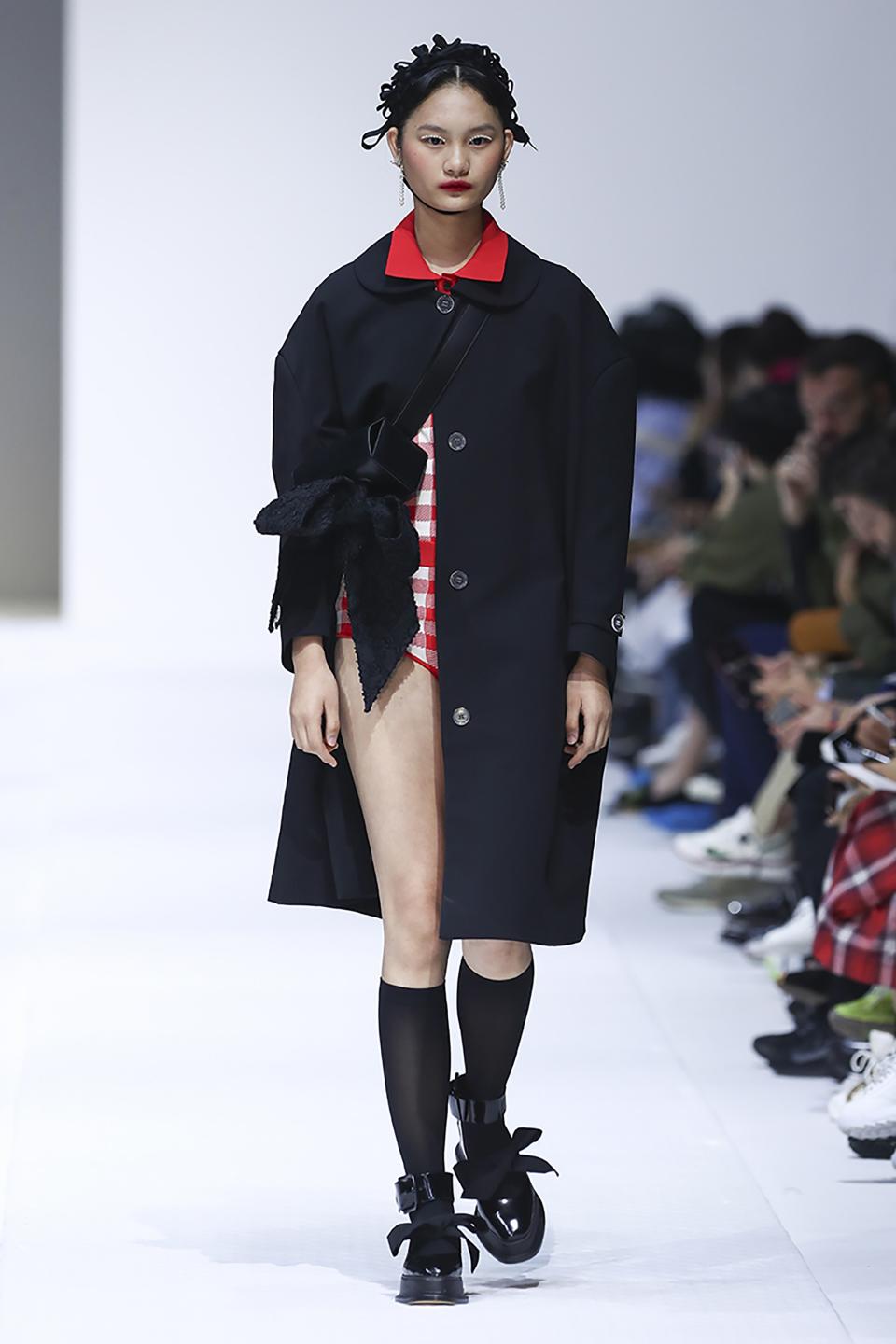
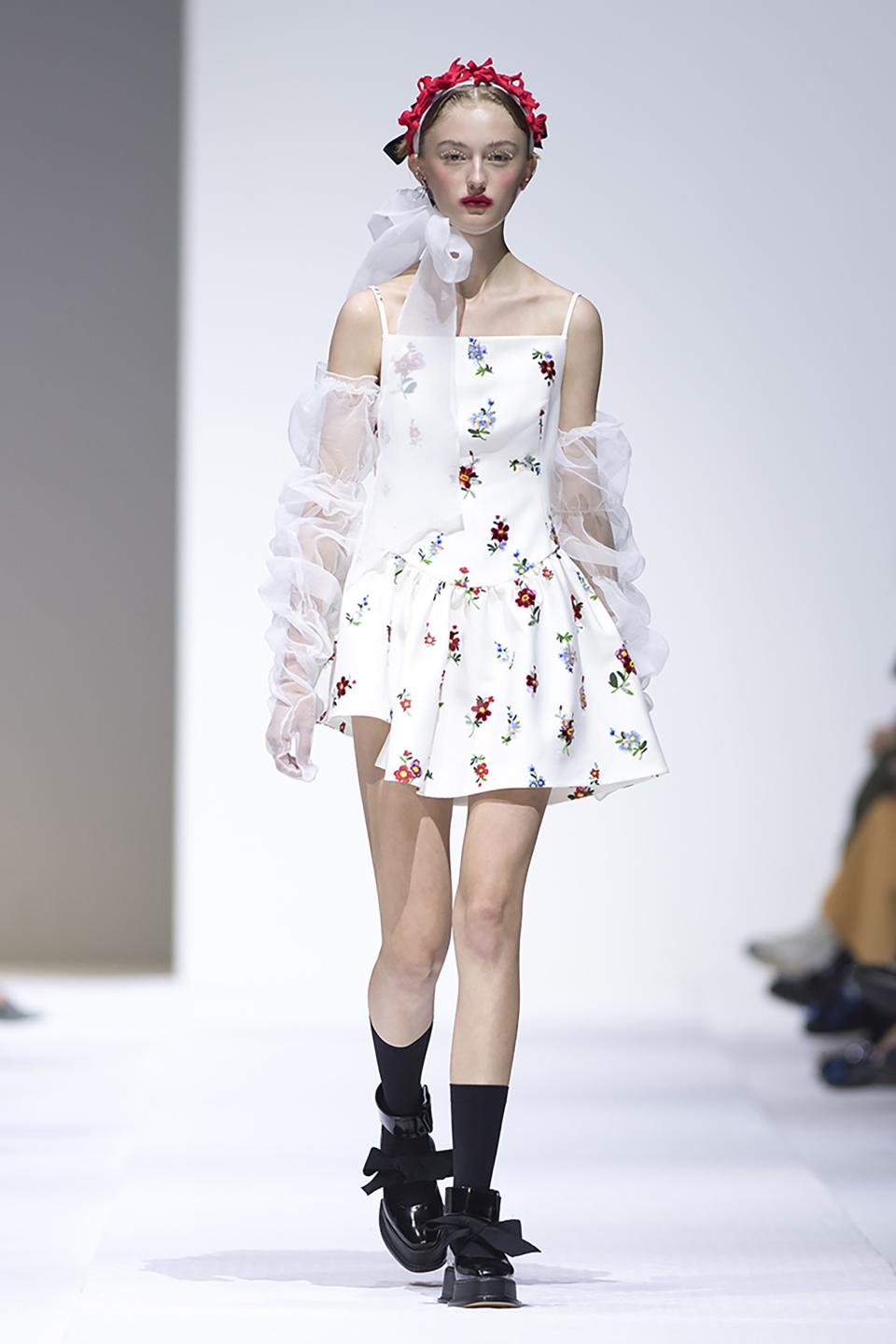
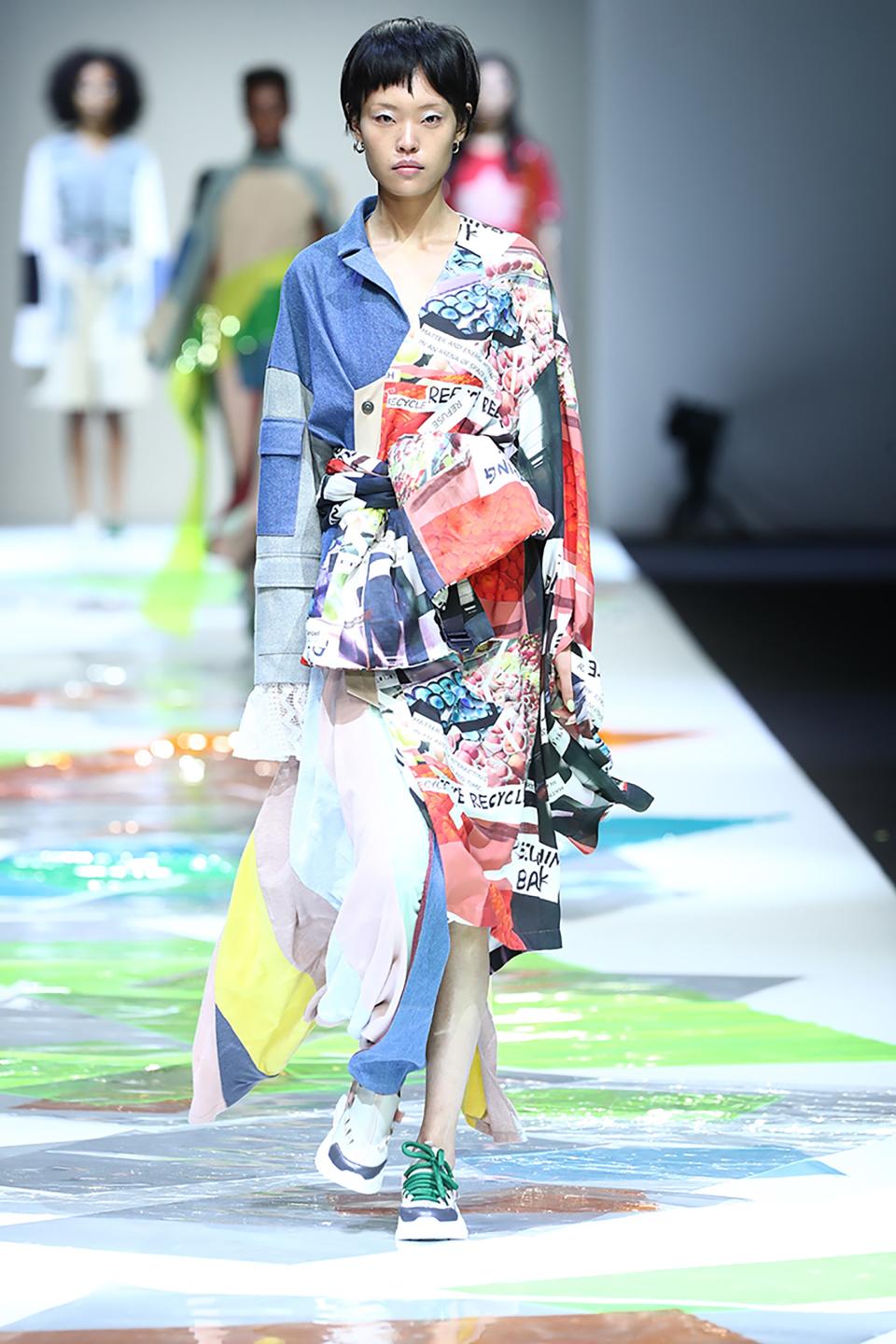
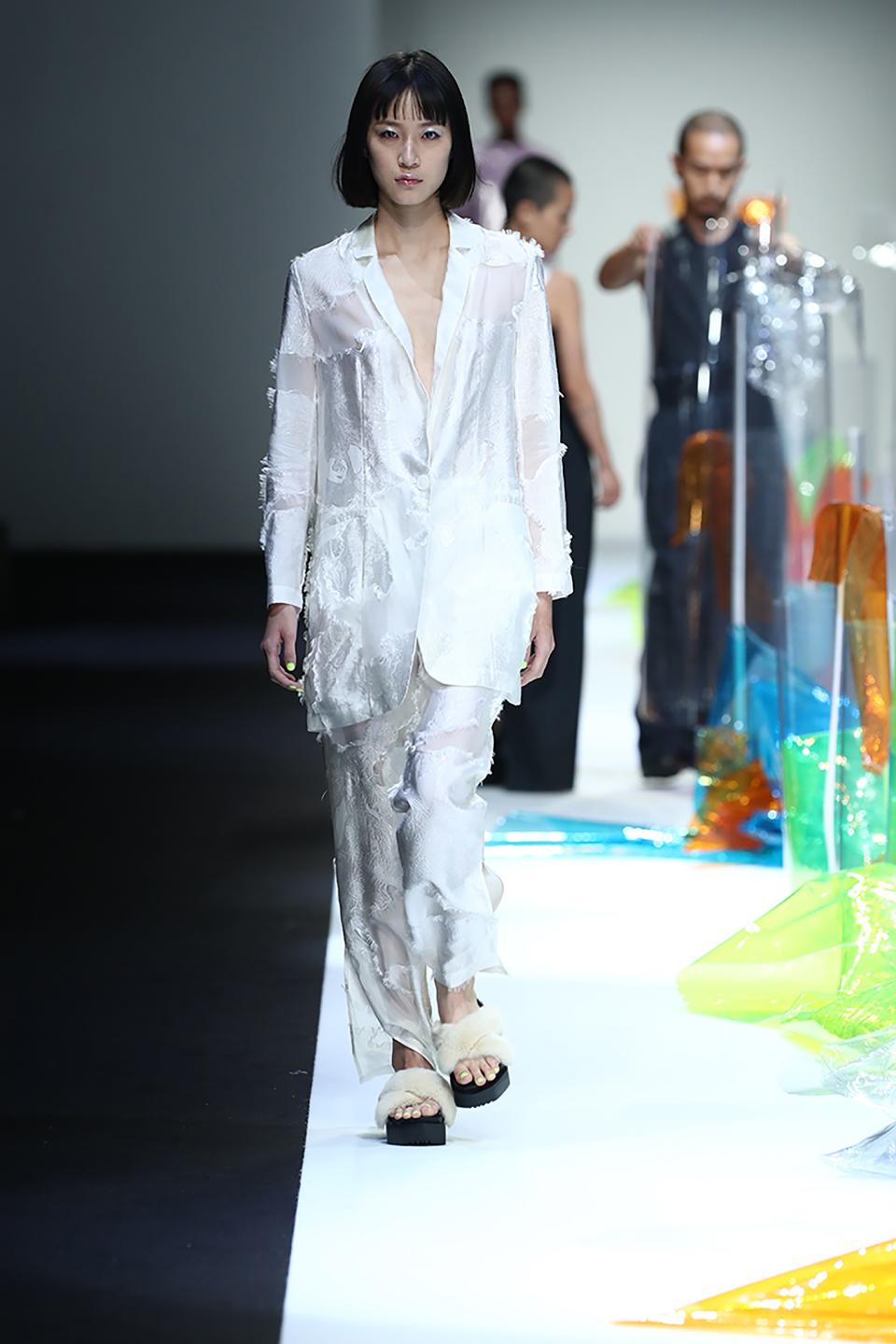
In addition to the dozens of brands on the official runway schedule, more than 1,000 designers participated in Shanghai’s trade shows and showrooms—and after spending several hours each at Ontimeshow (which spanned three enormous warehouses), Alter Showroom, Tube Showroom, Not Showroom, and Mode Shanghai Fashion Trade Show, one of the biggest commercial events, it felt like we’d seen at least 900 of them. Needless to say, it was overwhelming to see that much clothing. Sustainability wasn’t a huge topic of conversation amongst Shanghai designers, and it was somewhat disappointing to see so many of them using plastic, usually in the form of PVC anoraks or trousers. Western brands are beginning to avoid plastic at this point, and progressive labels like Stella McCartney and Everlane are creating high-tech new fabrics made from recycled plastic. The fashion industry can’t solve the environmental crisis alone, but it certainly won’t make a difference if designers from New York to Shanghai to Australia aren’t thinking about it. Zhang Na of Reclothing Bank was one of few designers who addressed waste and recycling in her collection, which was made entirely of secondhand garments and leftover materials (a practice championed by Paris designers Marine Serre and Ronald van der Kemp).
So what’s Shangai’s real secret sauce? It’s no doubt the city’s creativity and enthusiasm. It was refreshing to witness the swell of excitement (and opportunities) in this new-ish market, and unlike other “international” Fashion Weeks outside of New York, London, Milan, and Paris, Shanghai had a robust lineup of adjacent events, conferences, panels, and parties. In addition to the Gucci-sponsored Maurizio Cattelan exhibit, the Shanghai Edition opened on Thursday night, and Business of Fashion hosted its second China Summit later in the week, where Gucci CEO Marco Bizzarri and Ermenegildo Zegna joined executives from Tmall, Harrods, and other brands entering China. Next season, we’re expecting a similarly busy week—so now’s the time to start saving up those airline miles for the 14-hour trip.
